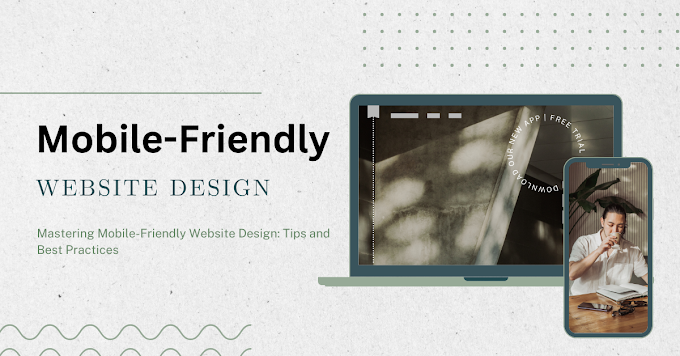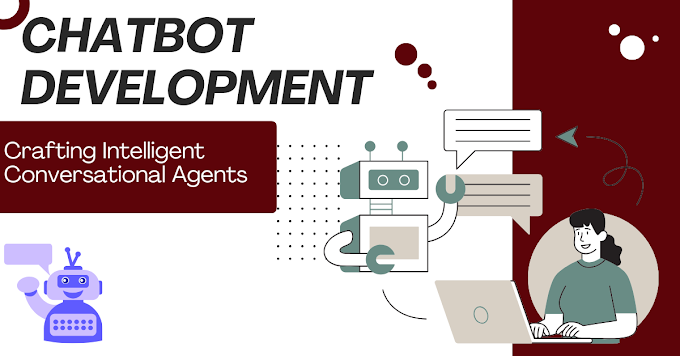A Comprehensive Roadmap to Becoming a Full Stack Developer
Introduction:
Embarking on the journey of becoming a full-stack developer is an exciting and rewarding endeavor. A full-stack developer has a versatile skill set, able to work with front-end and back-end technologies. Whether you’re a novice or a seasoned developer looking to expand your skills, this guide will show you the steps necessary to become a proficient full-stack developer
Foundational Knowledge:
HTML/CSS: Start by mastering the basics of web development using HTML and CSS effectively. Understand the layout and design of web pages.
JavaScript: Learn JavaScript to add interactivity and dynamic features to your websites.
Front-End Development:
Responsive Design: Develop skills to create responsive and mobile-friendly websites using frameworks such as Bootstrap or CSS Grid.
JavaScript Frameworks: Dive into popular front-end frameworks like React, Angular, or Vue.js to create interactive and dynamic user interfaces.
Version Control: Learn Git for efficiency and version control.
Back-End Development:
Server-Side Languages: Choose a server-side language such as Node.js (JavaScript), Python, Ruby, or Java to execute the server logic.
Databases: Explore databases like MySQL, MongoDB, or PostgreSQL to store and retrieve data efficiently.
APIs (Application Programming Interfaces): Learn how to create and consume APIs to enable communication between the front-end and back-end.
Full Stack Frameworks:
Express.js (Node.js), Django (Python), Ruby on Rails (Ruby): Master a full stack framework to streamline back-end development and enhance productivity.
Database Management:
ORM (Object-Relational Mapping): Familiarize yourself with ORM tools like Sequelize (Node.js), SQLAlchemy (Python), or ActiveRecord (Ruby) to simplify database interactions.
Version Control Systems:
Advanced Git: Deepen your Git knowledge by understanding branching strategies, pull requests, and merging techniques.
Authentication and Authorization:
JWT (JSON Web Tokens), OAuth: Learn secure authentication and authorization techniques to protect user data and enhance application security.
Containerization and Deployment:
Docker: Understand containerization to package and deploy applications consistently across various environments.
Cloud Platforms: Explore cloud platforms like AWS, Azure, or Google Cloud for scalable and reliable application deployment.
Testing:
Unit Testing, Integration Testing: Implement testing practices to ensure the reliability and stability of your code.
Testing Libraries: Familiarize yourself with testing libraries such as Jest, Mocha, or pytest.
Continuous Integration and Continuous Deployment (CI/CD):
CI/CD Tools: Integrate CI/CD tools like Jenkins, Travis CI, or GitHub Actions to automate testing and deployment processes.
Monitoring and Logging:
Logging Tools: Learn how to use logging tools like ELK Stack (Elasticsearch, Logstash, Kibana) for effective debugging.
Monitoring Systems: Implement monitoring solutions such as Prometheus to track application performance.
Soft Skills and Collaboration:
Communication Skills: Develop strong communication skills to collaborate effectively with cross-functional teams.
Agile Methodology: Understand the principles of Agile development for efficient project management.
Conclusion:
Becoming a full-stack developer is a dynamic and continuous process. Embrace the challenges, stay curious, and keep honing your skills. The roadmap provided here is a comprehensive guide, but remember that the technology landscape evolves, so stay updated and adapt to emerging trends. Happy coding!
FAQ
1. What is a Full Stack Developer?
Full Stack Developer is a versatile professional with expertise in front-end and back-end development. They handle everything from creating user interfaces to managing databases, and server-side logic.
2. Do I need a Computer Science degree to become a Full Stack Developer?
No, a computer science degree is not mandatory. Many successful Full Stack Developers teach themselves or have developed their skills through coding boot camps, online courses, and practical experience.
3. Which programming languages are essential for a Full Stack Developer?
Required languages include HTML, CSS, JavaScript, Node.js (JavaScript), Python, Ruby, Java, SQL, and NoSQL. Proficiency with frameworks like React, Angular, or Vue.js for the front end and Express.js, Django, or Ruby on Rails for the back end is valuable.
4. How can I stay updated with the latest technologies in Full Stack Development?
Stay informed through industry blogs, news websites, developer communities, online courses, webinars, and forums like GitHub and Stack Overflow.
5. What are key soft skills for a Full Stack Developer?
Key soft skills include effective communication, problem-solving, adapting to new technologies, collaborative teamwork, and active time management.
FOR MORE TIPS ON WEB DEVELOPMENT VISIT OUR WEBSITE Ustudy
For frontend development visit:
https://ustudywith.blogspot.com/2024/01/displaying-world-of-frontend.html
Backend Development: Building the Backbone of Web Applications








